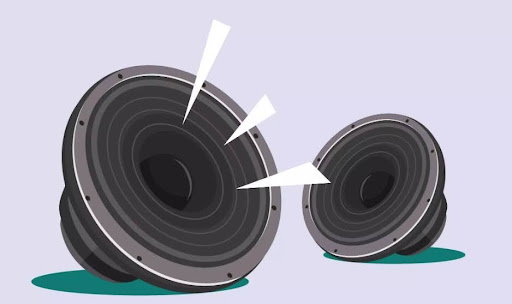Crowds do not wander at random. They follow cues, many of them invisible. A door clicks, a rhythm lifts, a voice lands just ahead, and feet choose a path. Sound sits at the center of this choreography, nudging pace and direction without calling attention to itself.
Retail designers learned this early. Faster tempos near entries spark momentum, so people clear the threshold without hesitation. Slower textures near displays encourage lingering. A subtle lift in brightness beside a service counter signals focus, which shortens small talk and keeps the line steady. None of this needs to feel loud. It needs to feel intentional.
Commercial audio speakers do more than make music louder; they guide motion. A narrow beam can pull attention down a corridor where sightlines are poor. A soft, wide field can warm a seating area so conversations settle there rather than in walkways. Even silence has shape when it frames an arrival moment and resets the senses after street noise.
Transportation hubs show the principle at scale. Trains arrive, crowds swell, and clarity becomes a safety tool. Speech must cut through bustle without strain. When the mix lifts the midrange and cleans low rumbles, people understand directions on the first pass. Movement stays smooth because no one stalls to ask for repeats. That alone can prevent bottlenecks on stairs and platforms.
Museums use a gentler variant. Short vignettes placed a few steps ahead create a trail. Visitors follow the sound the way hikers follow a stream. If the level falls behind them, they keep moving. If it rises at the next alcove, they pause and turn. The gallery keeps a natural flow without signs shouting at every corner.
In restaurants, pacing decides table turns. Bright percussion near entrances creates velocity, which helps hosts manage peaks. Softer, low-density tracks in dining zones extend dwell time without pushing voices into the next table. When kitchens send a brief tonal cue toward a pickup shelf, servers arrive on time without a verbal call. The room feels calm because communication rides on placement, not on volume.
Sports venues handle energy differently. During breaks, a wide, even field lifts mood across sections. During play, the bed drops so play-by-play stays crisp. If levels spike too often, voices climb with them and fatigue spreads. A measured curve keeps enthusiasm high while protecting ears. Movement up aisles remains orderly because people do not fight through a wall of sound.
Placement holds the whole system together. When venues deploy commercial audio speakers in zones that overlap smoothly, foot traffic stops bunching at choke points. Delays align distant arrays so claps land together instead of echoing like thunder. Bass stays close to the floor so it energizes seats without shaking glass. The body reads these choices as comfort and responds with steadier motion.
Accessibility belongs at the core. Hearing loops, clean consonants, and predictable level targets help guests who rely on aids and captions. Clear audio lowers cognitive load for everyone, which often leads to better posture, slower breathing, and an easier pace. People navigate with less friction when they do not have to decode murky announcements.
Data brings feedback into the loop. Sensors track background noise and adjust beds a decibel or two before the shift becomes obvious. At lunch rush, a small lift in presence improves intelligibility near counters. Late evening, a gentle roll-off in the high band reduces glare from glass and tile. These touches feel minor, yet they change how bodies move through the room.
The best results rarely look dramatic. Signs may claim credit and lighting often gets applause, but the quiet architect behind smooth flow is usually sound. Used with intention, commercial audio speakers become a kind of traffic signal that never flashes. They hint where to go, when to pause, and how long to stay. If the journey feels effortless, that is the design working.
For More Info Visit:- figuresmagazine.com





